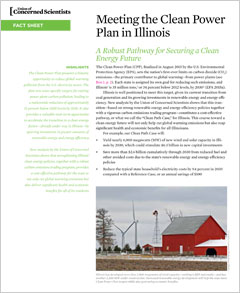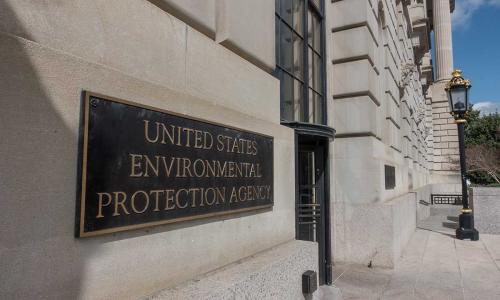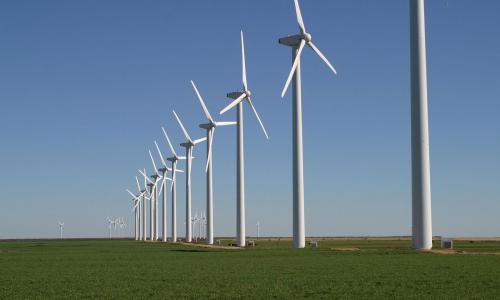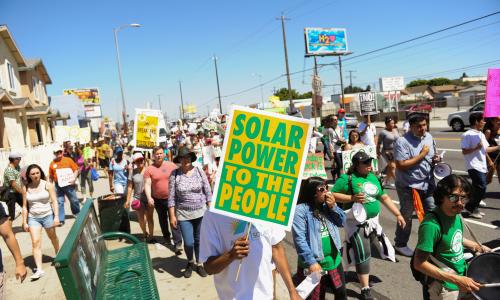The Clean Power Plan sets the nation's first-ever limits on carbon dioxide (CO2) emissions—the primary contributor to global warming—from power plants.
Each state is assigned its own goal, and Illinois is required to reduce its emissions by 35 million tons, or 34 percent below 2012 levels, by 2030. Illinois is well positioned to meet this target, given its current shift away from coal generation and growing investments in renewable energy and energy efficiency.






